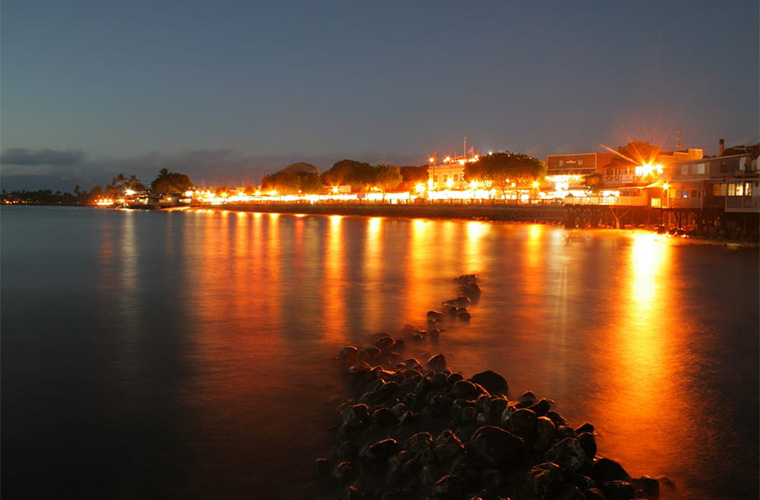WAILEA, HI—In accordance with a recent settlement agreement, the Grand Wailea Resort on Maui has implemented protective measures, including reducing lighting, to help protect the endangered ‘ua‘u, or Hawaiian petrel. The agreement, which was finalized on October 21, 2022, resolves an Endangered Species Act (ESA) case brought by Conservation Council for Hawai‘i and the Center for Biological Diversity, which were represented by Earthjustice.
“This agreement gives our precious ‘ua‘u a chance at survival,” said Maxx Phillips, Hawai‘i director at the Center for Biological Diversity. “The dark skies needed by these birds during fledging season benefit our community too, by allowing us to marvel at the stars as people have since time immemorial.”
“Grand Wailea’s deep commitment to protecting endangered Hawaiian seabirds is reflected in the numerous new protective measures that we implemented ahead of the fledgling season, including removing, replacing, shielding, and dimming lights across the property,” said J.P. Oliver, managing director of Grand Wailea. “We will continue to monitor seabird activity on the property and are contributing to off-site projects to protect ‘ua‘u.”
“The parties worked cooperatively to identify measures that will help reduce the risk of seabirds being attracted to and grounded by artificial lights at the resort,” said Earthjustice Attorney Leināʻala Ley. “Grand Wailea also agreed to monitoring by dedicated and trained seabird searchers who will verify whether the resort’s lighting minimization measures are sufficient to prevent future harm.”
“The resort is taking meaningful steps to minimize the light attraction problem in this important Hawaiian petrel flyway,” said Colleen Heyer, board president of Conservation Council for Hawai‘i. “If other hotels and other landowners took a similar approach to dimming their lights, it would go a long way towards ensuring these magnificent birds will be around for our children and grandchildren to enjoy.”
The Hawaiian petrel (Pterodroma sandwichensis) is a native seabird that is listed as endangered under the federal ESA and Hawai‘i state law. It travels thousands of miles across the Pacific to forage for squid and other marine life. Hawai‘i is the only place in the world where the ‘ua‘u breeds, with adults returning to nest at the same site where they fledged after spending the first six years of their lives at sea. The largest surviving nesting colony occurs on the volcanic slopes of Haleakalā, where the birds dig burrows in the rocky soil.
Fledgling ‘ua‘u leave their nests for their first flight to the sea from mid-September to mid-December. Some birds are attracted to and disoriented by artificial lights, circling the lights until they fall to the ground from exhaustion or strike other human-made structures. Once grounded, it is difficult for ‘ua‘u to take flight, leaving them highly vulnerable to predators, dehydration, and starvation.
Hawai‘i is an extinction hotspot, and local action to protect the islands’ unique species and ecosystems is invaluable in the global fight to preserve biodiversity and ensure a livable future.
This agreement resolves the conservation groups’ lawsuit filed in February 2022.
Tagged with dark sky, lightED